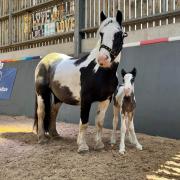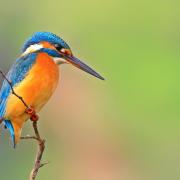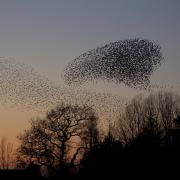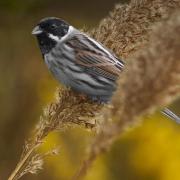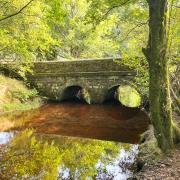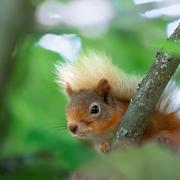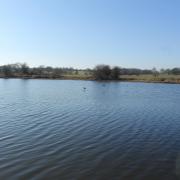Whooper swans love coming to Lancashire and they've started arriving in record numbers
With their umissible bright yellow beaks and ungainly run up, they are perhaps not the most elegant of birds. But what they lack in beauty they more than make up for in character and they are coming to Lancashire in record numbers.
Whooper swans – almost 2,500 of them - have made the perilous journey from Iceland to spend the winter in Lancashire. They will live at WWT Martin Mere Wetland Centre until the middle of this month when they make the long haul back to their breeding grounds.
These fascinating creatures have been the subject of years of research and WWT wildlife experts have been able to identify individual swan characteristics as well as learning about their family life and migration patterns.
Whooper swans are an impressive size. The largest bird recorded was a male, appropriately named Stonker, who weighed in at 14kg. The average for a male is 10kg and wing span can be up to 2.5m. Their head has a long flat profile, with the yellow of the bill extends to or just beyond the nostrils. They are fine upstanding birds and they tend to hold their necks straighter than other swans.
They breed and spend the summer in Iceland and spend the winter here. Migration begins when the weather in iceland forces them south, and thismeans that some youngsters are making the journey aged three or four months.
The crossing from Iceland to the UK is probably the longest sea crossing undertaken by any swan species. They tend to start the migration in the hot springs in the south of Iceland and wait for southerly winds before making the journey of around 900km.
The journey can take anything from 13 hours to four and a half days. One named Fiachra was tracked and travelled 814km in just 17 hours. (In Celtic legend Fiachra was one of four children turned into swans.) Speeds of 60mph have been recorded and satellite transmissions from previous studies suggest they fly no higher than 1600m and prefer to fly lowas they can ride out bad weather by landing on the sea. Swans can live for up to 20 years which means, in an average lifetime, they can travel over 36,000km.
Swans are powerful fliers, but are right on the edge of the power/weight flight ratio, meaning if they got much bigger they would not have the strength to cover great distances. It makes it very hard to get airborne, hence they need a long run up to take off and can look a little unsure on their feet.
They are attracted to Martin Mere by the presence of a large food source in the form of the surrounding agricultural land which provides grass for grazing, stubble fields containing grain and waste potatoes left over from harvesting. The Mere provides a safe roosting spot, and most of the birds can be found here in the evening and overnight, heading out in the day to feed in surrounding areas.
Every day at Martin Mere you can witness the spectacle of thousands of swans feeding at 3pm and 3.30pm. Grain and waste potatoes are fed to the birds and this can be seen from the Raines hide.
It encourages the birds to stay on site so people can see the Whoopers and learn more about them and it also keeps them off farmers’ fields where they are not always quite so welcome!
Ring masterThe one swan to look out for is Sigrun, ring number X4H. He was first ringed at Martin Mere in December 2002 making him the oldest currently visiting. He was an adult in 2002 making him at least 12 years oldnow and he has visited Martin Mere every year. In his lifetime he has completed at least 24 migrations travelling over 19,000 miles.
This year he arrived with an unringed female and three cygnets. He was one of the ‘Super Whoopers’ fitted with a satellite transmitter on his back so that bird experts could track his migration route to Iceland.




